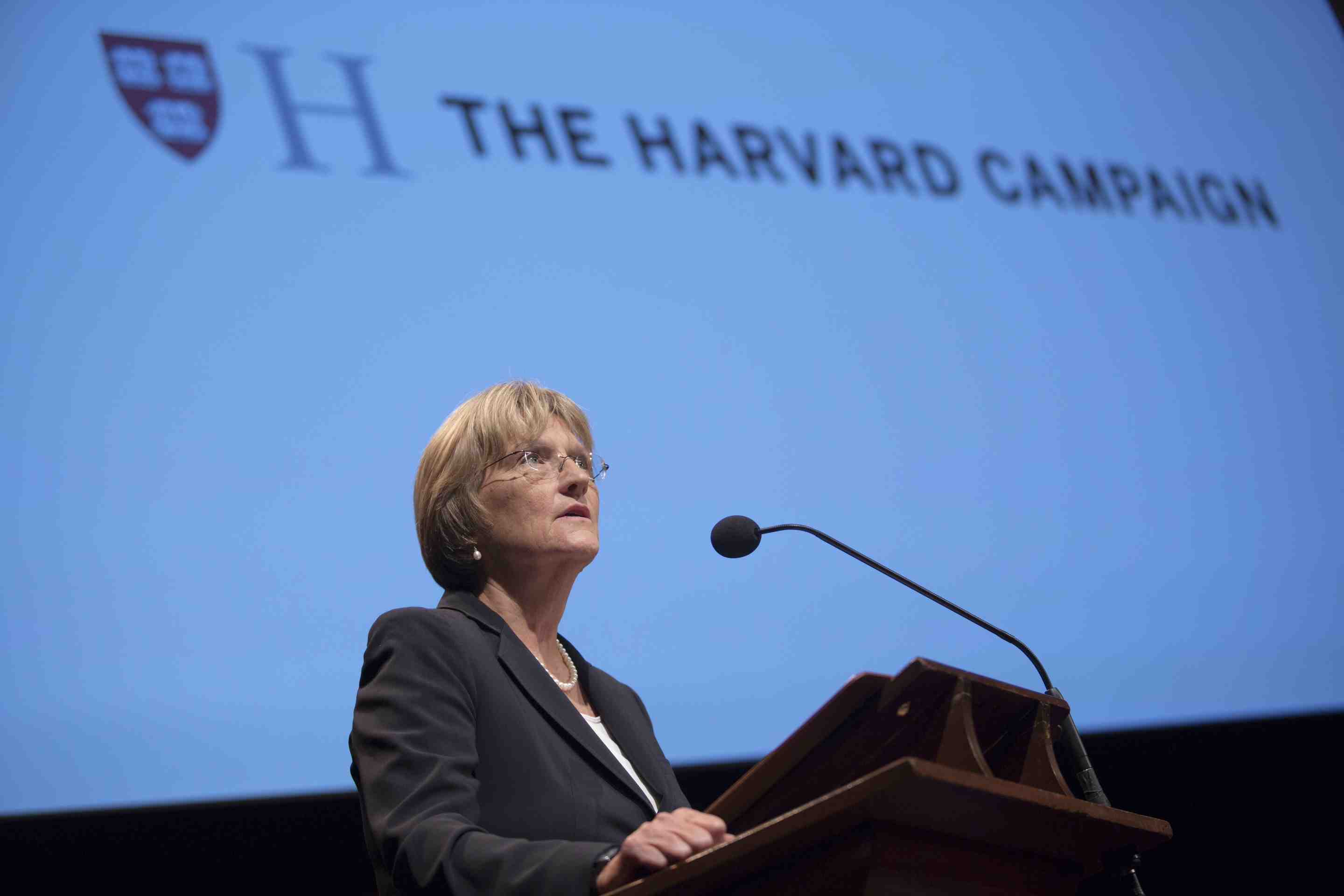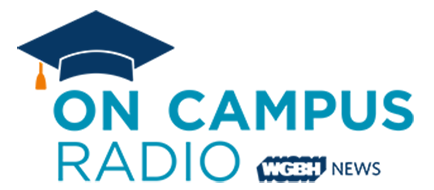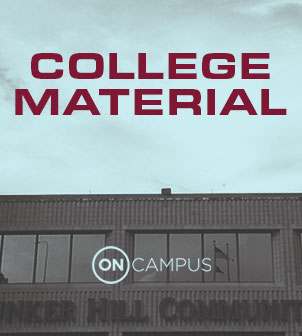confronting cost
 The federal government has shut down, so now what? What does the gridlock in Washington mean for students and faculty in the land of higher ed? With no end in sight, here’s what we know so far.
The federal government has shut down, so now what? What does the gridlock in Washington mean for students and faculty in the land of higher ed? With no end in sight, here’s what we know so far.
At a time of growing economic inequality in America, Wesleyan University President Michael Roth urges colleges and universities to create a culture in which low-income students can thrive.
"America today is a land of much greater distance between the haves and the have-nots," Roth writes. "It’s always been the case that wealthy students could have a very different experience than those of limited means, but today the social distance created by that economic gap is so great that it can undermine campus learning."
He may be the leader of the free world, but when President Barack Obama proposed that the government grade universities based on their cost and success rates, a lot of other people were ahead of him.
At a time when students and their families are demanding to know what they’re getting for their mounting investments in higher education, several foundations and research centers are already working on new ways to show them.

Facing federal budget cuts, one of the world’s most prestigious universities is launching a colossal capital campaign. Harvard University’s new fundraising effort announced on Saturday could become the largest ever in higher education.
Harvard hopes to rake in $6.5 billion by 2018. If successful, America’s oldest institute of higher learning would surpass Stanford University’s five-year $6.2 billion campaign that finished last year.

Anant Agarwal, the president of EdX- Harvard, and MIT's $60 million online learning venture, is a bit of a rock star.
Last year, Agarwal taught EdX's first massive open online course (MOOC), a course on circuits and electronics. Like all MOOCs, it was posted online for free.
"I was hoping for a sweet spot, a total of about 2,000 students. I figured if we had 200 students, that's as much as a campus class. That would be embarrassing."
But what Agarwal and his colleagues didn't figure was the worldwide demand for free, online MIT engineering courses.
"We had 10,000 students sign up in the first few hours of making the course open," Agarwal said. "So that was the first heart attack. Then, as the numbers kept rising and began approaching 100,000, then it was panic time. So we were wondering, 'How on Earth are we going to support this many students?'"
Agarwal is among those in higher education who believes it's important for people around the world to have access to a great education, but is EdX disrupting the higher ed market by giving away knowledge for free?

It's been two weeks since President Obama proposed his sweeping plan to make college more affordable. Now, low-income students and their advocates are urging Congress to support it.
The president wants to create a college rating system that ties federal financial aid to colleges' performance outcomes, including their ability to increase access for nontraditional students.
Reactions to Obama's plan to rank colleges have been mixed.
Confronted with shifting demographics and rising operating costs, many presidents of small New England colleges say there will be a shakeout in the years ahead.
This summer, the New England Board of Higher Education conducted a survey of presidents and a high percentage of them agree: their schools ought to consider different models of education to compete successfully in the future.











